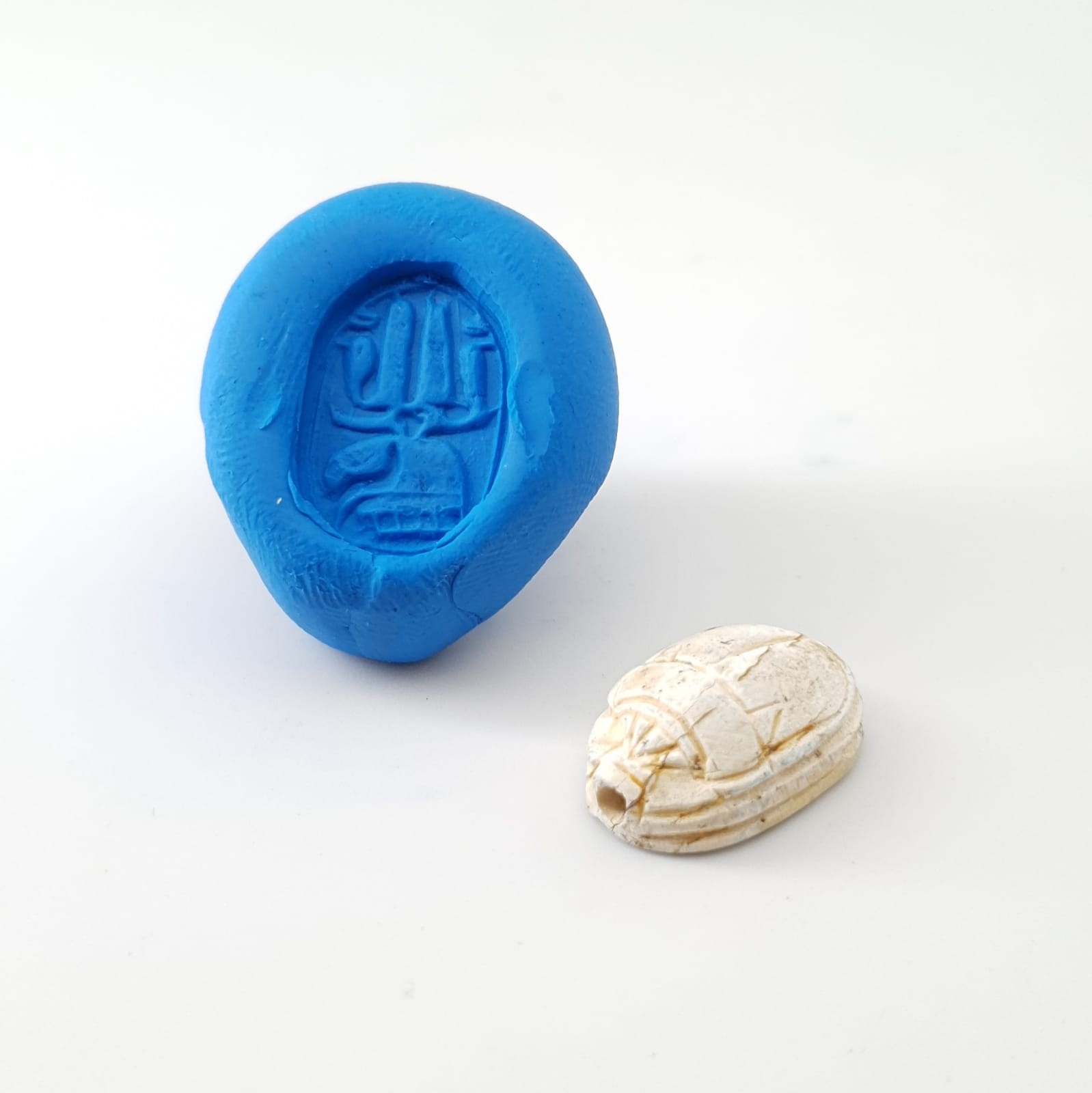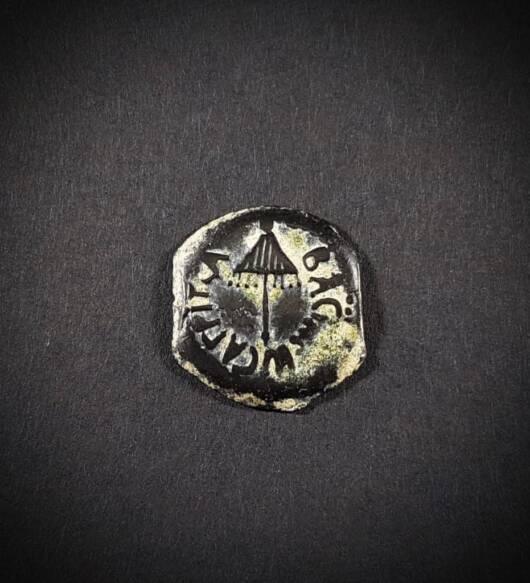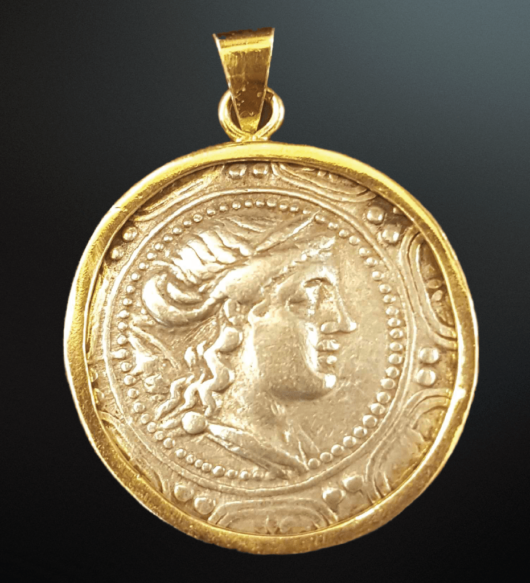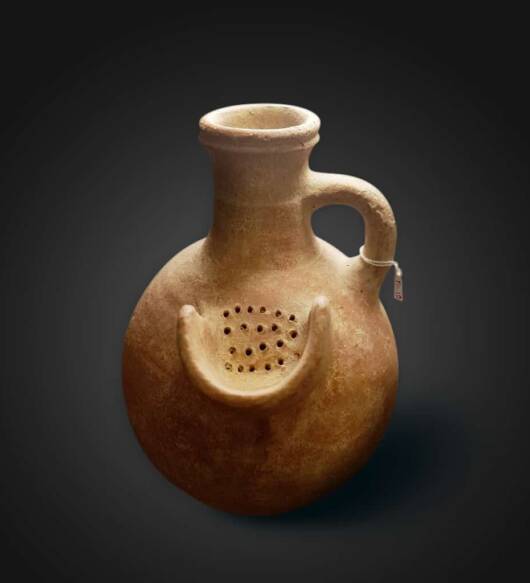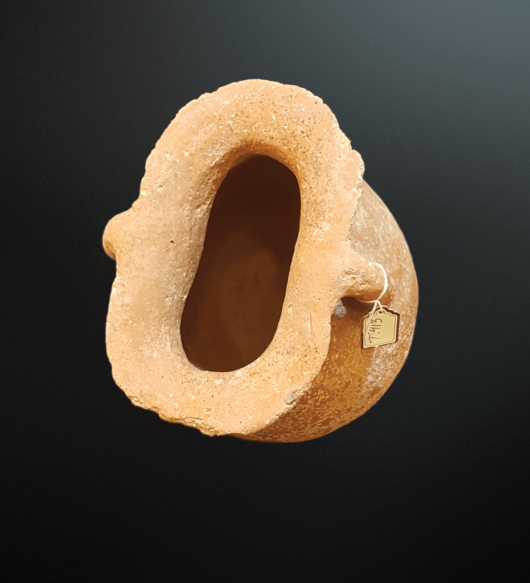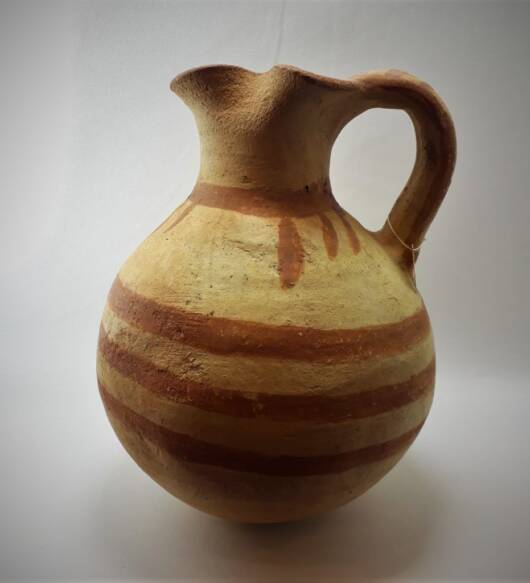Ancient Steatite Scarab
Description
Description
Ancient Steatite Scarab, XIXth Dyn (1295 – 1070 BC).
Base Incised with head of a ram Surmounted by a composite Crown consisting of two plumes attached to a solar disk and two urai.
The ram was an animal sacred to the god Amun, whom he represents here.
The sacred beetle of ancient Egypt, the scarab is an emblem of the creator, Khepera. The word kepher denotes Being, Existence, Creation, or Becoming, and the god Kephera is the self-existent maker of all things.
The worship of the scarab, which is symbolic of resurrection and fertility, dates from the earliest period of civilization in Egypt.
Carved scarabs served two major functions: as amulets with protective and religious powers, and as personal seals, which designated the property and authority of the individual whose name was placed upon them.
In both cases, the power ascribed to the scarab was very great—in life they served as the signature of their owner and were thought to bring prosperity, and in the afterlife they ensured rebirth through eternity.
Ref. Alan Rowe A Catalogue of Egyptians Scarabs Scaraboids, seals and Amuletes in the Palestinian Archaeolgical Museum 1936
No.696


